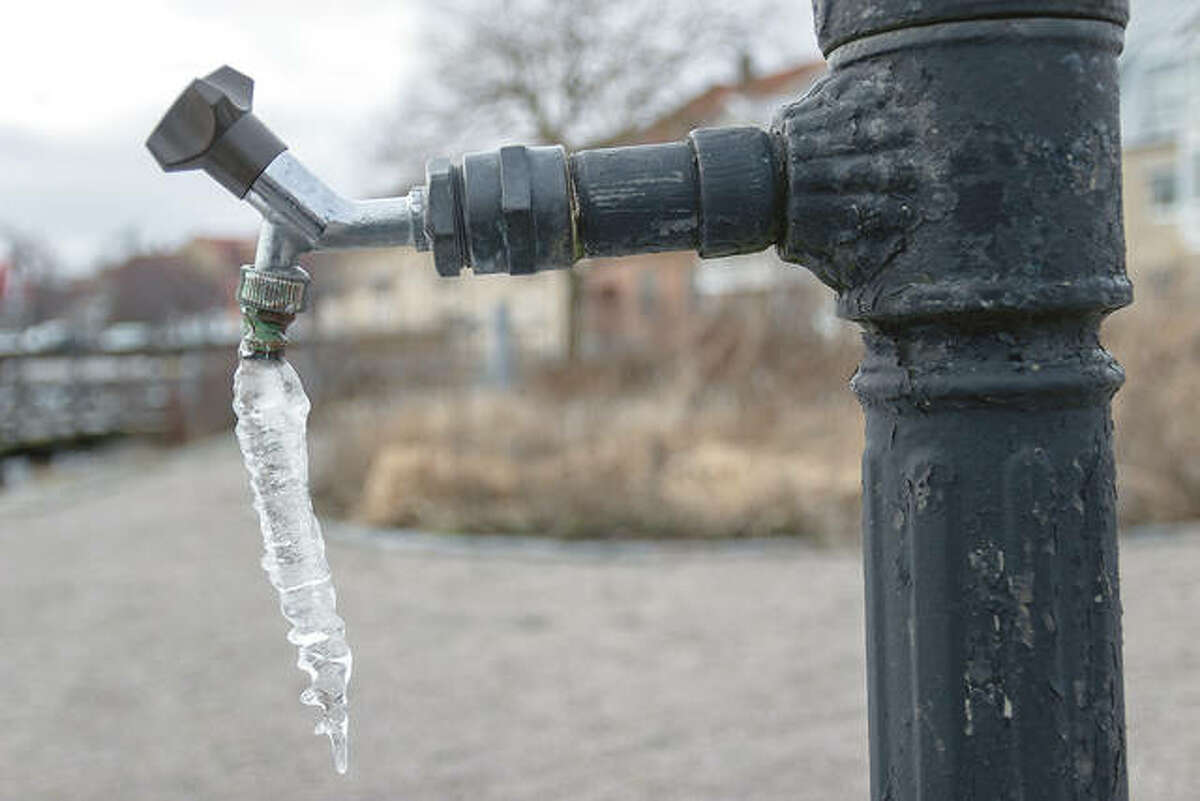Shielding Pipes from Cold Weather Issues: Essential Approaches
Shielding Pipes from Cold Weather Issues: Essential Approaches
Blog Article
What are your thoughts on How To Avoid Freezing Pipes?

Cold weather can ruin your plumbing, especially by freezing pipelines. Here's just how to prevent it from taking place and what to do if it does.
Intro
As temperatures decrease, the risk of icy pipelines increases, possibly resulting in pricey fixings and water damages. Recognizing exactly how to prevent icy pipelines is critical for property owners in cool environments.
Recognizing Icy Pipelines
What creates pipelines to ice up?
Pipelines ice up when subjected to temperatures listed below 32 ° F (0 ° C) for expanded periods. As water inside the pipes freezes, it expands, taxing the pipe walls and possibly causing them to break.
Dangers and damages
Frozen pipelines can bring about water supply disturbances, residential or commercial property damage, and pricey repair work. Burst pipelines can flood homes and cause considerable structural damages.
Signs of Frozen Pipes
Identifying frozen pipelines early can stop them from bursting.
How to recognize frozen pipes
Look for reduced water flow from faucets, uncommon smells or sounds from pipes, and visible frost on exposed pipes.
Avoidance Tips
Shielding vulnerable pipelines
Wrap pipes in insulation sleeves or utilize warm tape to shield them from freezing temperature levels. Focus on pipes in unheated or exterior areas of the home.
Heating methods
Maintain interior areas adequately heated, especially areas with pipes. Open up cupboard doors to enable warm air to circulate around pipelines under sinks.
Shielding Outside Plumbing
Garden tubes and outdoor taps
Separate and drain garden hoses prior to winter. Install frost-proof faucets or cover outdoor faucets with protected caps.
What to Do If Your Pipelines Freeze
Immediate activities to take
If you believe icy pipes, maintain taps open up to eliminate stress as the ice melts. Utilize a hairdryer or towels soaked in hot water to thaw pipes gradually.
Long-Term Solutions
Architectural modifications
Take into consideration rerouting pipelines far from exterior walls or unheated locations. Include extra insulation to attics, basements, and crawl spaces.
Updating insulation
Invest in top notch insulation for pipes, attic rooms, and wall surfaces. Proper insulation aids maintain constant temperature levels and reduces the threat of icy pipelines.
Final thought
Avoiding icy pipelines requires proactive procedures and quick reactions. By comprehending the causes, indicators, and safety nets, house owners can protect their pipes throughout winter.
6 Proven Ways to Prevent Frozen Pipes and Protect Your Home
Disconnect and Drain Garden Hoses
Before winter arrives, start by disconnecting your garden hoses and draining any remaining water. Close the shut-off valves that supply outdoor hose bibs and leave the outdoor faucet open to allow any residual water to drain. For extra protection, consider using faucet covers throughout the colder months. It’s also important to drain water from any sprinkler supply lines following the manufacturer’s directions.
Insulate Exposed Pipes
Insulating your pipes is an effective way to prevent freezing. Pipe insulation is readily available at home improvement stores and is relatively inexpensive. Pay close attention to pipes in unheated areas such as the attic, basement, crawl spaces, or garage. Apply foam insulation generously to create a buffer against the cold. You can also wrap your pipes in heat tape or thermostat-controlled heat cables for added warmth.
Seal Air Leaks
Inspect your home for any cracks or openings that could let in cold air. Seal any holes around the piping in interior or exterior walls, as well as the sill plates where your home rests on its foundation. Additionally, make sure to keep your garage door closed unless you’re entering or exiting. Leaving it open creates a significant air leak that can lead to frozen pipes.
Allow Warm Air Circulation
During cold snaps, it’s essential to allow warm air to circulate evenly throughout your home. Leave interior doors ajar to promote better airflow. Open kitchen and bathroom cabinets to help distribute heat consistently around the rooms. If you have small children or pets, be sure to remove any household chemicals or potentially harmful cleaners from open cabinets for safety.
Let Faucets Drip
A small trickle of water can make a big difference in preventing ice formation inside your pipes. When temperatures drop significantly, start a drip of water from all faucets served by exposed pipes. This continuous flow helps prevent the water from freezing. Additionally, running a few faucets slightly can relieve pressure inside the pipes, reducing the chances of a rupture if the water inside does freeze.
https://choateshvac.com/6-proven-ways-to-prevent-frozen-pipes-and-protect-your-home/

As a serious person who reads about Prevent Frozen Pipes , I figured sharing that piece was a good idea. Be sure to take the opportunity to promote this blog post if you enjoyed reading it. I recognize the value of your readership.
Customer Reviews Report this page